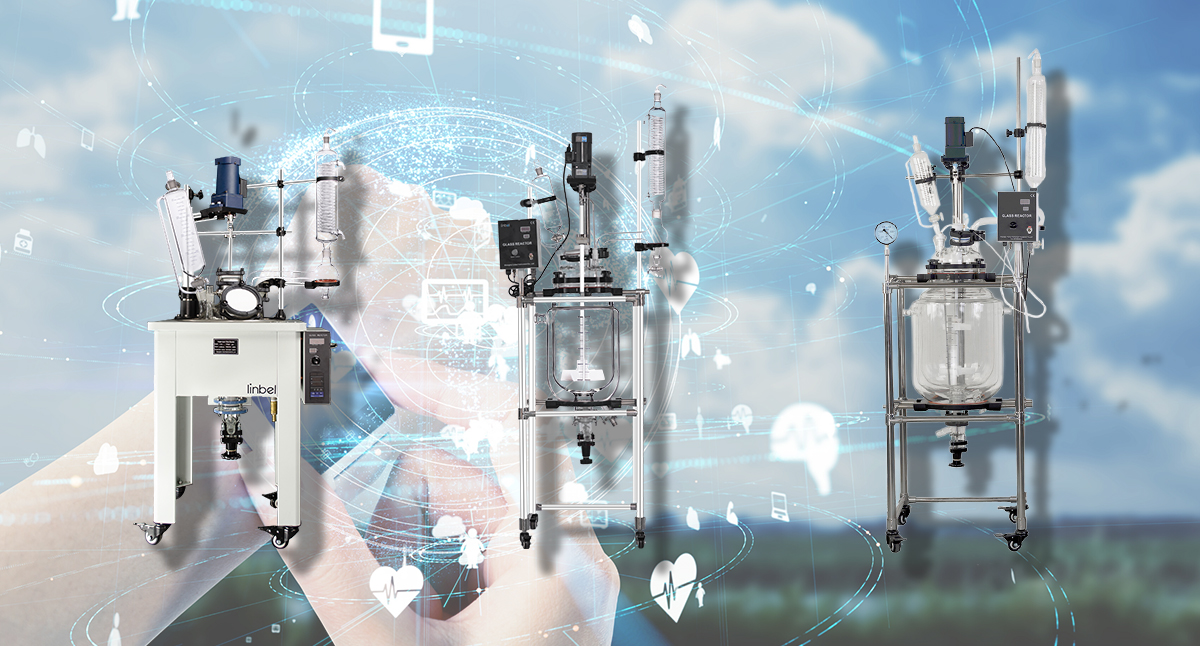Home > News > Product News > Differences among single-layer, double-layer and three-layer glass reactor.

1. Working principle of single-layer glass reactor: the single-layer glass reactor directly heats the reactor body through a layer of silver film heating sheet to keep the materials in the reactor at a constant temperature and can be stirred. The material reacts in the reactor, and the evaporation and reflux of the reaction solution can be controlled.
2. Working principle of double-layer glass reactor: put the reaction solvent on the inner layer of glass for stirring reaction. By controlling the temperature of the cold and hot temperature source connected to the interlayer, the materials inside the reactor are heated, cooled or kept constant temperature. Under the set constant temperature condition, in the closed glass reactor, the stirring reaction can be carried out under normal pressure or negative pressure according to the use requirements, and the reflux and distillation of the reaction solution can be done, Vacuum reaction can also be done.
3. Working principle of three-layer glass reaction kettle: the three-layer glass reaction kettle is a three-layer kettle, which adds a layer of jacketed glass as a vacuum insulation layer on the basis of the original double-layer glass reaction kettle to further accelerate the reaction speed of materials in the kettle.